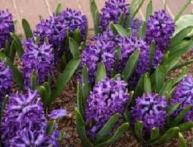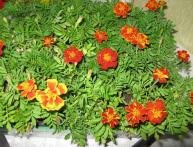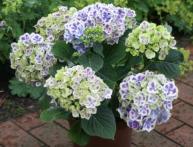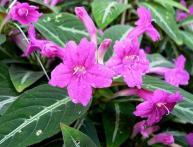Growing and caring for crocuses
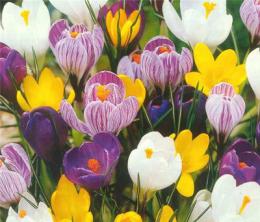
Growing and caring for crocuses is not difficult. Crocuses are quite unpretentious, they are very popular and loved among gardeners. These are beautiful primroses, which are among the first to begin to bloom in our gardens; they look great under trees that have not yet blossomed, in the foreground of flower beds, when they bloom profusely on their own.
Crocus - a low-growing, tuberous, stemless plant up to 13 cm, flowers appear in April, when there is still snow, before tulips, but after snowdrops. Crocuses do not bloom for long, only about ten days; some species can bloom in the fall. Crocuses are highly frost-resistant and tolerate spring frosts well. Crocus flowers can have a wide variety of colors: blue and yellow, lilac and purple, and even striped and spotted.
Growing and caring for crocuses
- for crocuses you need to choose lighted and dry places;
- the soil must be nutritious, drained and light; soils fertilized with manure and waterlogged soils are completely unsuitable;
- before planting bulbs, you need to dig up the soil and add special fertilizers for bulbs or compost;
- the first feeding of crocuses should be done in early spring, when there is still snow, that is, a mixture of humus, a spoonful of nitrophoska and three spoons of wood ash is scattered on the surface of the snow. The second feeding is carried out in the fall, before the autumn crocuses bloom; for this you can use purchased fertilizers, for example “Agricola”;
- it is necessary to loosen, weed and water the soil near the crocuses;
- in order to prevent the flowers from becoming smaller, it is advisable to replant crocuses every three years;
- bulb mites, aphids and mice can pose a danger to crocuses, so you should monitor the condition of the plants; if pests appear, you need to spray them with the appropriate preparation.


